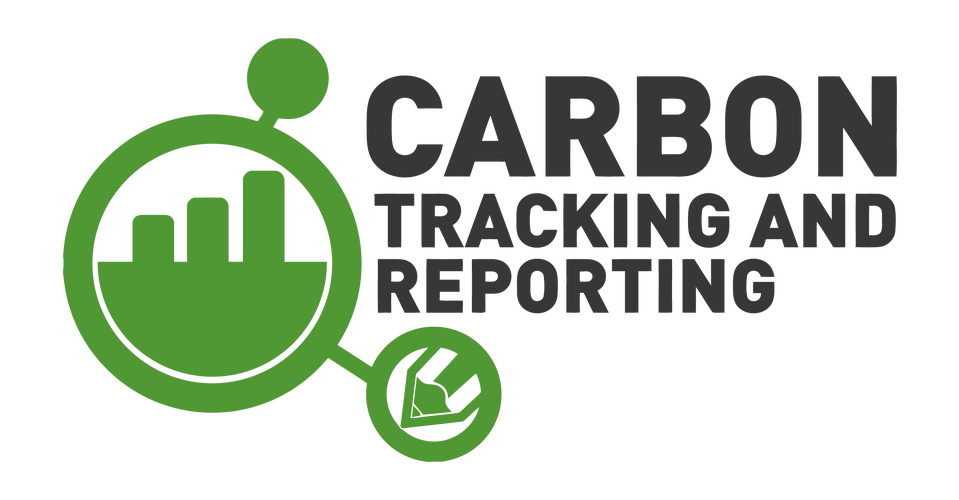Three critical components make up a renewable fuel pathway: (1) inputs, such as a feedstock, (2) a production process, and (3) the fuel type. The EPA assigns one or more D codes representing the type of Renewable Identification Number (RIN) once it qualifies the pathway (examples include renewable fuel, advanced biofuel, biomass-based diesel).
What is an Input/Feedstock?
Biomass, which includes feedstocks such as soybean oil, used cooking oil, and landfill gas emissions, undergoes a conversion process into renewable fuel. While it is possible to combine multiple feedstocks to convert them into renewable fuel, the EPA assesses each feedstock individually when calculating lifecycle greenhouse gas emissions for a fuel pathway, even if each feedstock could be processed independently to produce the same type of fuel.
What it is a Production Process?
A production process is the type of plant and equipment used to convert renewable biomass into renewable fuel. Some common techniques include Hydrotreating, gasification, and transesterification using natural gas or biomass for process energy. EPA’s lifecycle greenhouse gas analyses consist of an evaluation of all of the process energy and inputs used in a production process. EPA may restrict the production process based on what types of process energy it uses.
What is a Fuel Type?
Content Source: https://www.epa.gov/renewable-fuel-standard-program/what-fuel-pathway



